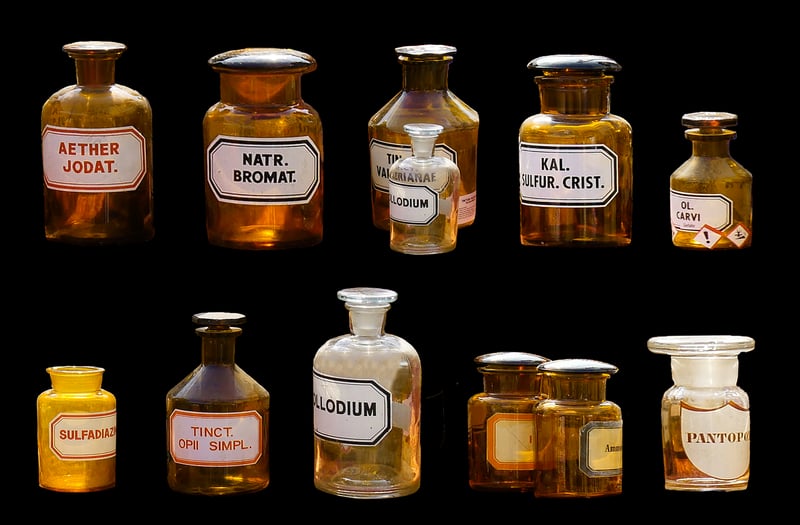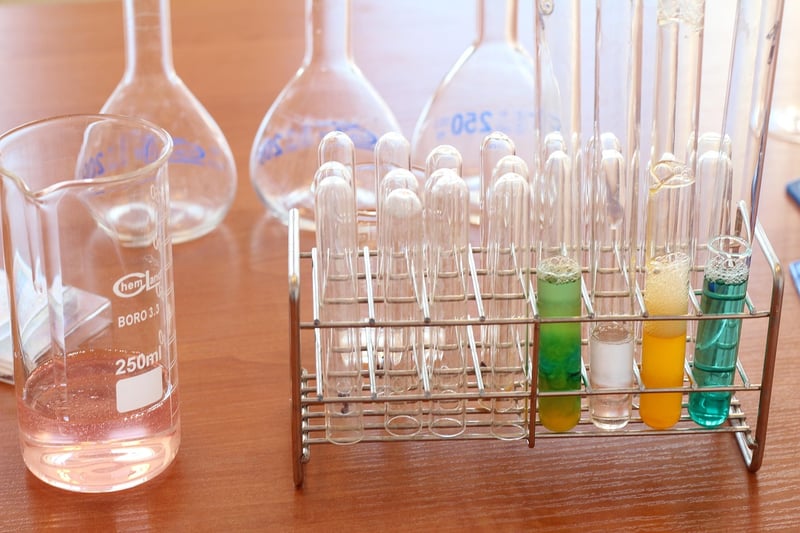Chemical Reactions
The Science of Food: Exploring Molecular Structures and Chemical Reactions
Have you ever wondered what happens to your food at a molecular level? How do the ingredients in your favorite dishes transform through chemical reactions to create the flavors and textures we love? Let's delve into the fascinating world of food science and uncover the secrets behind the magic on your plate.
Molecular Structures in Food
At the heart of every bite you take lies a complex arrangement of molecules that determine the taste, smell, and appearance of the food. Proteins, carbohydrates, fats, vitamins, and minerals are just some of the essential building blocks that make up the molecular structure of food.
For example, proteins are composed of amino acids linked together in long chains. These chains fold into specific shapes, which ultimately influence the texture of foods like meat, eggs, and dairy products. Carbohydrates, on the other hand, come in various forms such as sugars, starches, and fibers, providing energy and contributing to the taste and structure of foods like bread, pasta, and fruits.
Chemical Reactions in Cooking
When we cook, we subject food to a series of chemical reactions that transform raw ingredients into delicious meals. From the Maillard reaction that gives browned foods their characteristic flavor to the caramelization of sugars creating a sweet and nutty taste, these reactions play a crucial role in creating diverse culinary experiences.
One of the most well-known examples of a chemical reaction in cooking is the leavening process in baking. When yeast or baking powder is added to dough, they produce carbon dioxide gas, causing the dough to rise and create light and airy bread and pastries.
Exploring Food Science
Understanding food at a molecular level and the chemical reactions that occur during cooking can not only enhance your appreciation for the culinary arts but also empower you to experiment with flavors and textures in your own kitchen.
Next time you savor a meal, take a moment to ponder the intricate dance of molecules and reactions that have gone into creating that perfect bite. Food is not just sustenance; it is a symphony of science and art that delights our senses and nourishes our bodies.


Explore the fascinating world of food science and elevate your culinary adventures with a deeper understanding of the molecular structures and chemical reactions that shape the food we love.
